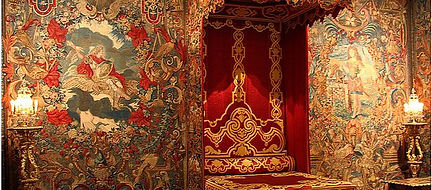top of page

The Metropolitan Museum of Art

The Met is filled with art that spans from 6,500 years ago to the modern day and surveys every culture from the most remote to the homegrown.There are 17 curatorial departments that range from Photography to American Art, African Art to Old Master Paintings, Ancient Egypt to Musical Instruments and much more.
Customization
What makes Art Explorations with Nadja Hansen unique is that it is all about customizing the experience to your interests and tastes.
Check out the 17 curatorial departments at the Met and tell me what you would like to explore.

Themed Tours



Myths, Gods, and the Cosmos

Royal Rooms and Private Spaces


Sex and Death

Sex and Death
The Art of Seduction




This American Story

Time Machine



Ancient Egypt



How did they do that?



Renaissance



Greatest Stories Ever Told

Ancient Greece and Rome



The First, The Only, The Supreme
Music, Song, and Dance



Ritual, Ceremony, and Pomp

Modern and Contemporary

Around the World in the 3rd Century, 14th Century, 18th Century, 20th Century
Fashion




Fashion



Art and Literature



Masterpiece!?



Isn't It Romantic

bottom of page













